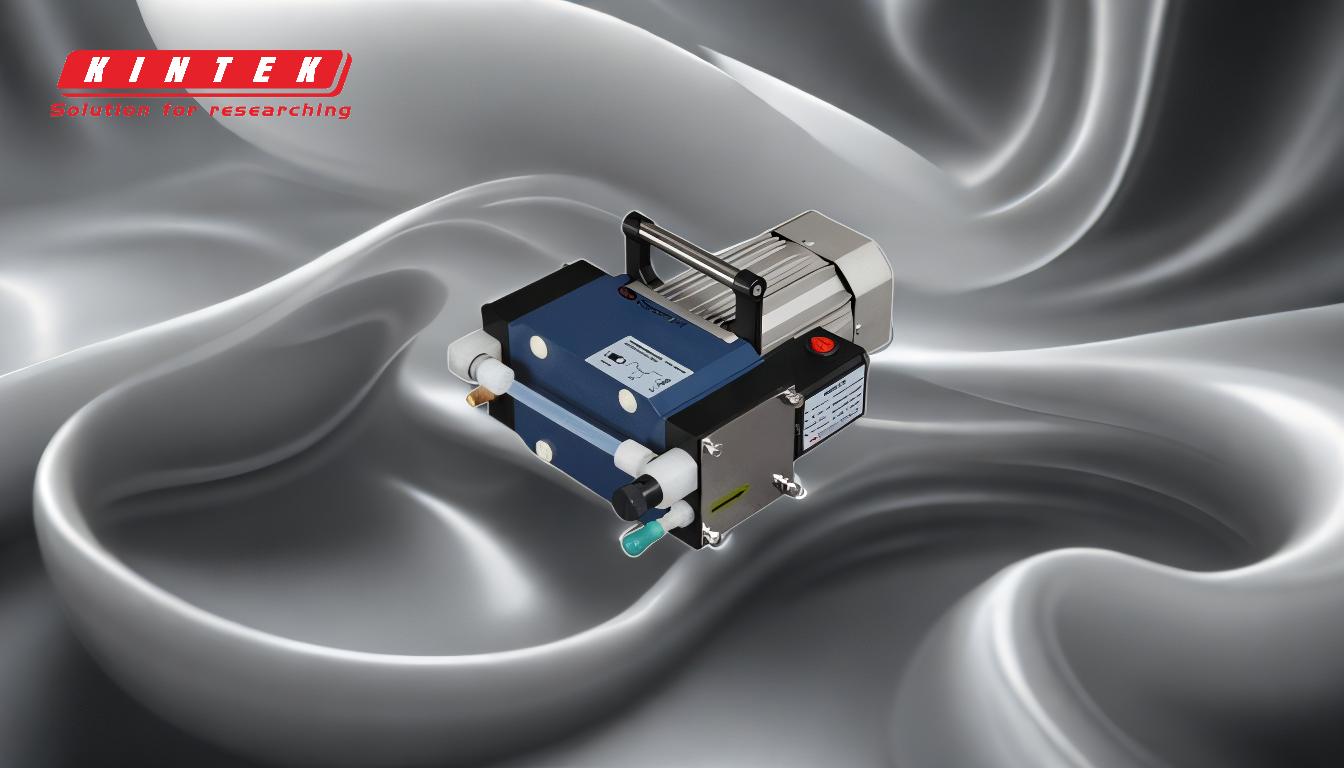Vacuum distillation is a process that involves reducing the pressure within the distillation system to lower the boiling points of substances. This technique is particularly useful for distilling heat-sensitive materials, as it allows for the separation of components at much lower temperatures than would be possible at atmospheric pressure. By reducing the pressure, vacuum distillation enables faster and more efficient distillation while preserving the quality and integrity of the substances being distilled.
Key Points Explained:

-
Principle of Vacuum Distillation:
- Vacuum distillation operates on the principle that reducing the pressure within the system lowers the boiling points of the substances being distilled.
- For example, water boils at 100°C at sea-level atmospheric pressure (1000 mbar), but at a reduced pressure of 45 mbar, it can boil at much lower temperatures.
- This reduction in boiling temperature is crucial for distilling heat-sensitive materials without causing thermal degradation.
-
Role of Vacuum in Lowering Pressure:
- A vacuum is created within the distillation system to reduce the operating pressure.
- Lowering the pressure has a direct effect on the boiling points of the substances, allowing them to evaporate at lower temperatures.
- This is particularly beneficial for substances that would otherwise decompose or lose their quality at higher temperatures.
-
Benefits of Lower Pressure in Distillation:
- Preservation of Quality: By operating at lower temperatures, vacuum distillation helps preserve the quality, taste, and integrity of the substances being distilled.
- Efficiency: Lower boiling points mean that the distillation process can be completed more quickly and efficiently.
- Gentle Processing: The gentle evaporation process ensures that heat-sensitive materials are not damaged during distillation.
-
Application in Short Path Distillation:
- Short path distillation is a specific type of vacuum distillation where the distance between the evaporator and the condenser is minimized.
- The use of vacuum in short path distillation significantly reduces the boiling temperature, making it ideal for the distillation of heat-sensitive substances.
- This method is commonly used in the pharmaceutical, chemical, and food industries for the purification of sensitive compounds.
-
Comparison with Atmospheric Distillation:
- In atmospheric distillation, substances are distilled at their normal boiling points, which can be too high for heat-sensitive materials.
- Vacuum distillation, on the other hand, allows for distillation at much lower temperatures, making it suitable for a wider range of materials.
- The ability to control pressure and temperature independently in vacuum distillation provides greater flexibility and precision in the distillation process.
-
Practical Example:
- Consider the distillation of water: at atmospheric pressure (1000 mbar), water boils at 100°C. However, under a vacuum pressure of 45 mbar, water can be distilled at a much lower temperature, say around 30°C.
- This practical example illustrates how vacuum distillation can be used to distill substances at temperatures that are safe for heat-sensitive materials.
In summary, vacuum distillation increases the efficiency and quality of the distillation process by reducing the pressure within the system, thereby lowering the boiling points of the substances being distilled. This technique is essential for the distillation of heat-sensitive materials and is widely used in various industries for its ability to preserve the integrity of the substances being processed.
Summary Table:
| Aspect | Details |
|---|---|
| Principle | Reduces pressure to lower boiling points, enabling gentle distillation. |
| Key Benefit | Preserves quality and integrity of heat-sensitive materials. |
| Efficiency | Faster distillation process due to lower boiling points. |
| Applications | Widely used in pharmaceutical, chemical, and food industries. |
| Comparison | More effective than atmospheric distillation for heat-sensitive substances. |
| Example | Water boils at 30°C under 45 mbar vacuum vs. 100°C at atmospheric pressure. |
Discover how vacuum distillation can transform your process—contact our experts today!













